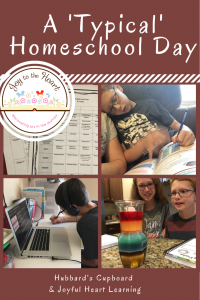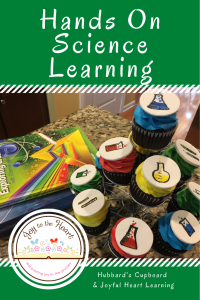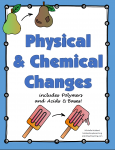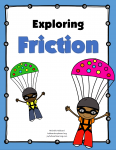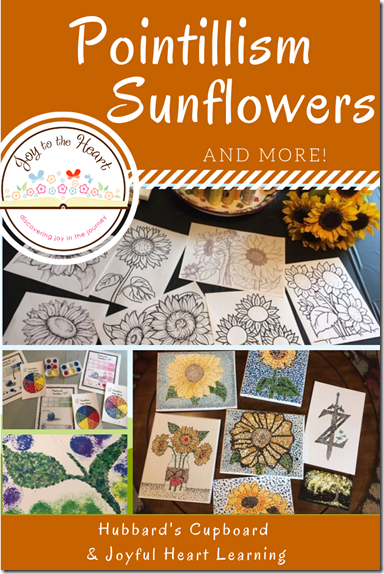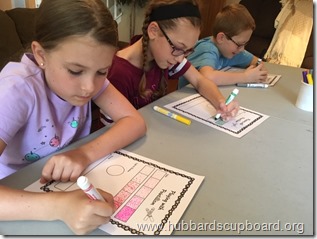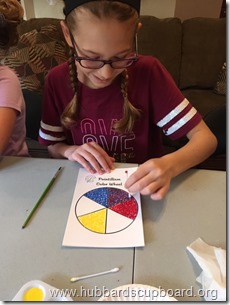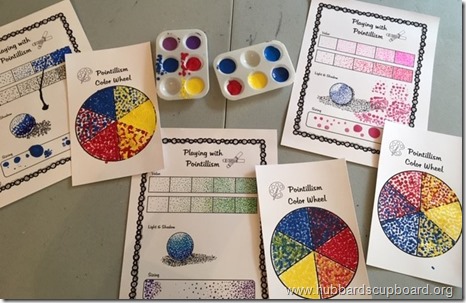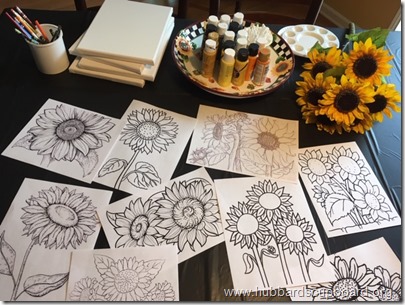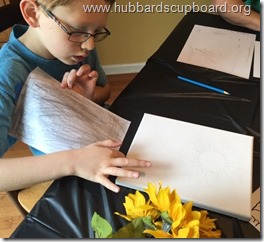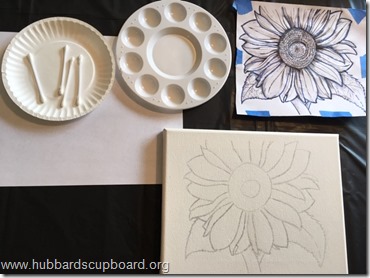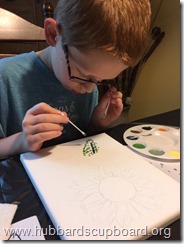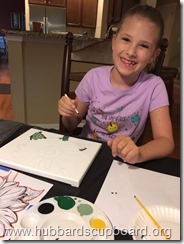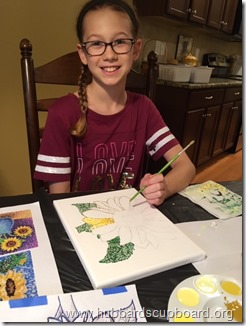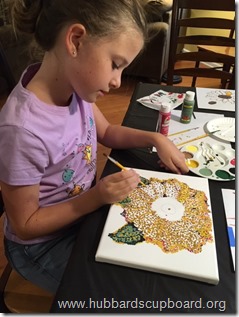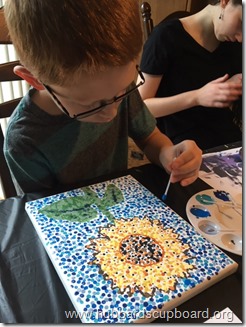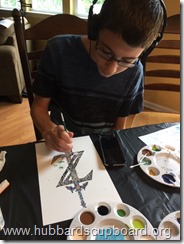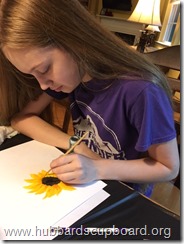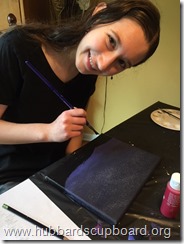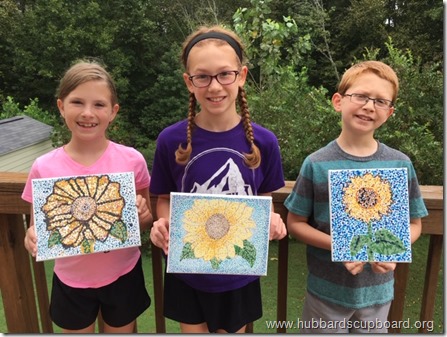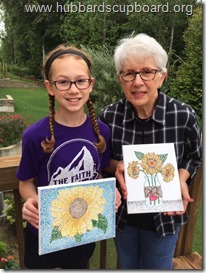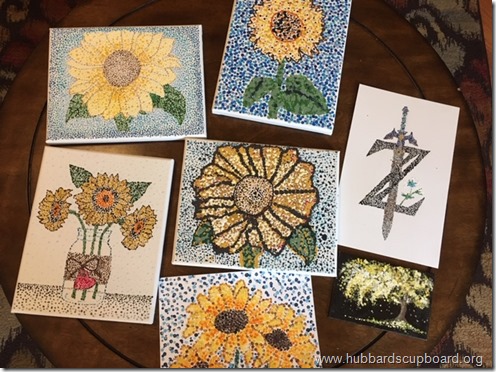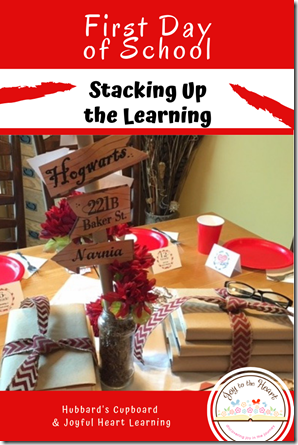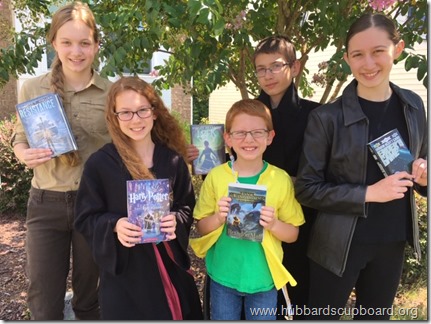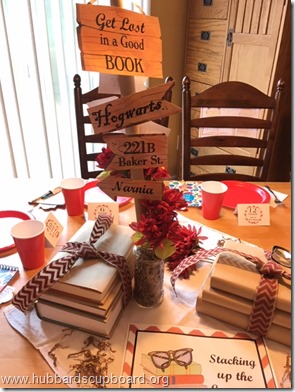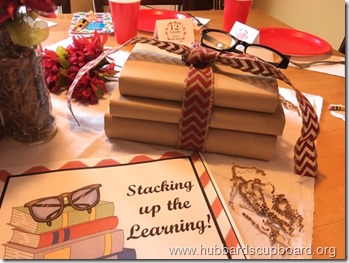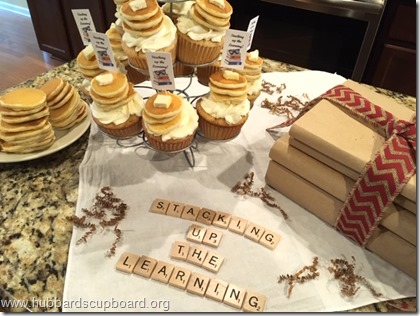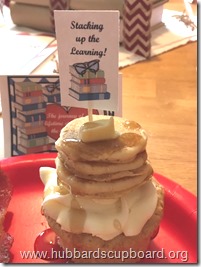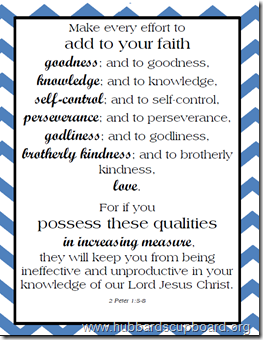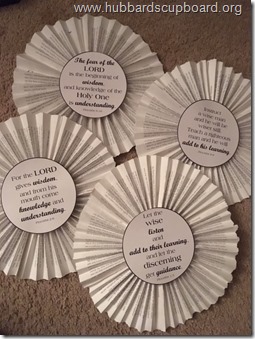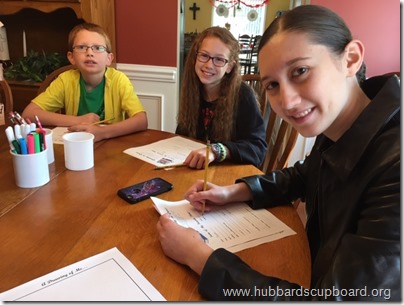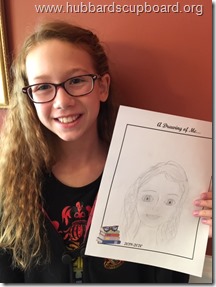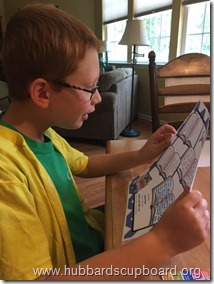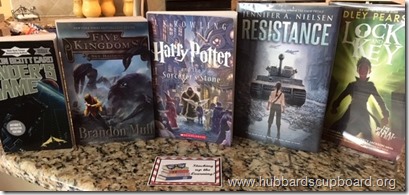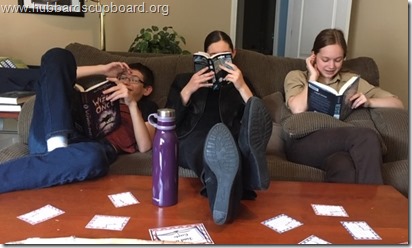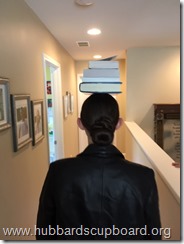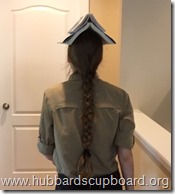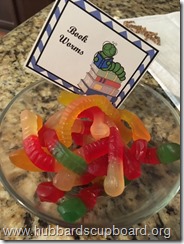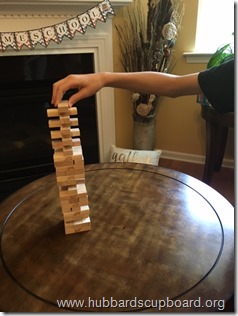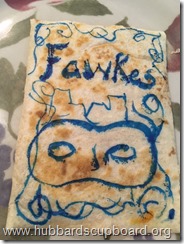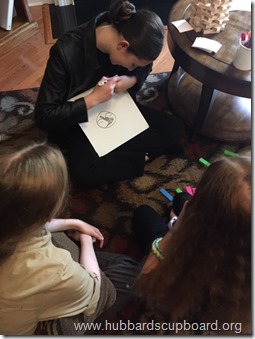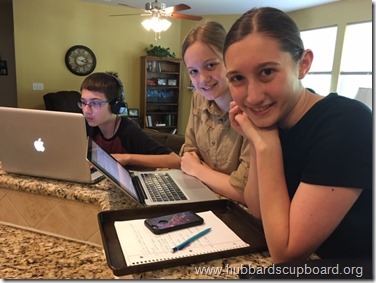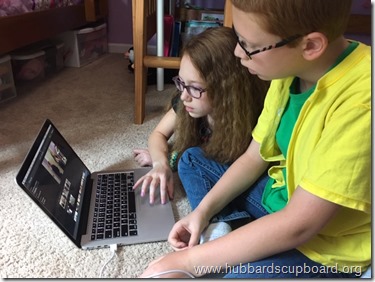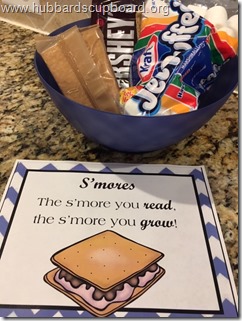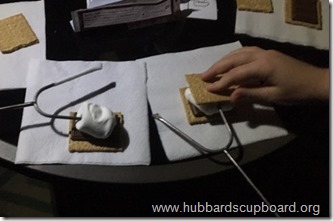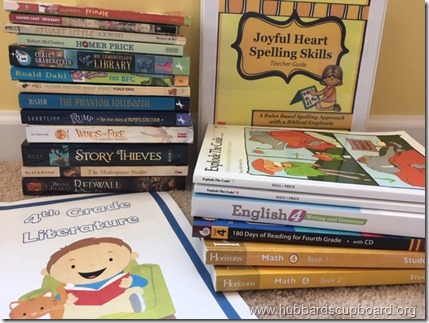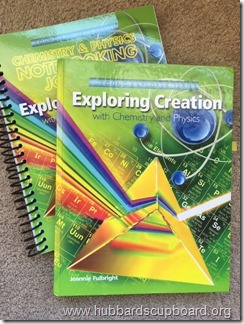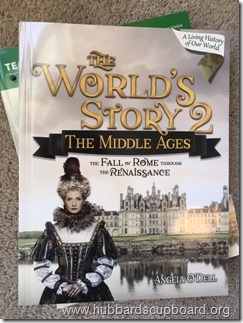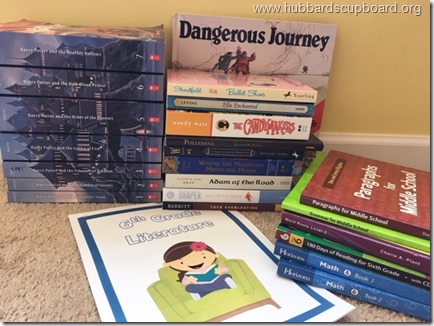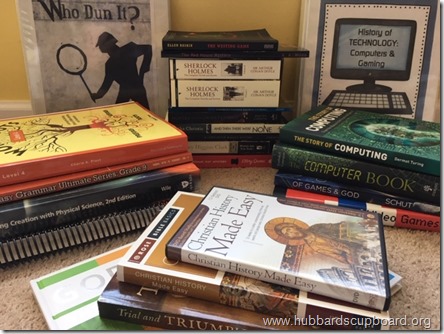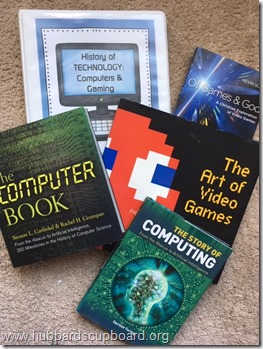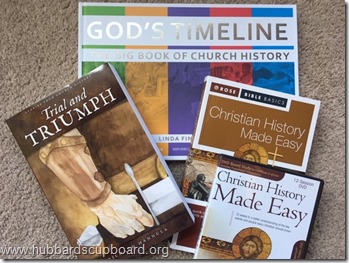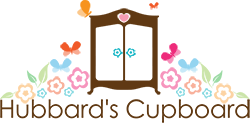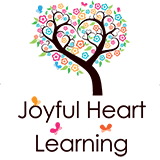A common question often asked by parents considering homeschooling for the first time is, “What does a typical day look like?”
At first thought, it seems like this would be a fairly easy question to answer, but it’s actually a bit complex. This is due to the fact that 1) one of the greatest benefits to homeschooling is the flexibility and 2) a key goal in homeschooling is to encourage a growing independence and a continued love for learning. Also, another question implicit in the original is often ‘What should I, personally, be doing?’, which is even harder to answer since each family will have a distinct set of circumstances.
Flexibility
Flexibility – the quality of easily bending without breaking; the ability to be easily modified
I love these definitions of flexibility! And, they definitely describe the homeschool lifestyle! One of the greatest benefits to homeschooling is the flexibility – being able to modify or adjust as needed – without it ambushing the entire tone, progress, or atmosphere of your home environment.
One way to embrace this flexibility is to adopt more of a routine or flow to the day. Many homeschoolers have found that a flow is easier to maintain as opposed to attempting to adhere to a strict time schedule. Planning a typical flow or sequence to the day is beneficial, such as: wake, breakfast, chores, bible/devotional time as a family, math, language arts (grammar, writing, phonics, literature), lunch, science, history, free time, dinner, chores. Planning in this manner allows for less stress or battling feelings of being behind. (There won’t be a need to say, “It’s 10 o’clock. The schedule says we should be doing phonics now! Quick, let’s put this away and get started on…”) This also recognizes and allows for that flexibility! Homeschoolers can take a deep breath and contemplate what might be best for their family at the moment, realizing that it will all even out over different days.
Homeschoolers also have the blessing of flexibility to be able to tailor what their kids are doing based upon the needs, progress, and new interests they see develop each day. Parents and children in homeschooling families have the time and flexibility to either speed up or slow down the pace of their lessons depending on how they respond to the new concepts being presented. Children have the freedom to be able to progress at their own rate. A child may need additional time learning one concept, but less time with another skill or lesson. They may not have much interest in one topic, but want to delve in and explore, in greater detail, another idea. Having more of a flow to the day aids in this.
Also, homeschoolers do not have to do every subject every day. If the children have lost focus and everyone needs a break to regroup or the day has just been long enough (moms pick up on these cues ;-)), the uncompleted subjects can be saved for the next day and marked to start with those. For example, most math curricula contain 180 lessons, including tests, so the goal is one lesson per day, but some days a lesson may take longer. Homeschoolers can either choose to continue and tackle it, and in turn remove a different subject that day, or give students a break and continue tomorrow knowing that on some other day additional time may need to be devoted.
Some subjects can also be divided before the year begins to allow for completion within just 3-4 days per week instead of five. History and science curricula are more suitable for this, as well as electives. This gives more freedom to focus on math and language arts.
As a quick note, given the amount of flexibility, it is important for homeschoolers to keep track of what is completed each day and ensure that (as required by most states) 180 days of learning is met. However, homeschoolers typically don’t have an issue with days and requirements as there are so many opportunities for learning each day!
Independence
Many homeschool families desire to instill in their children a sense of ownership over their learning. This can be accomplished by gradually giving students subjects that they can work on independently (always with the reassurance that parents are readily available to come alongside them) and by giving them the freedom to make some decisions regarding their school day.
As students become more proficient at working on some schoolwork independently, they can be given all of their assignments for the day and be allowed to choose the order they wish to approach their subjects. As students mature, they can often determine when they feel most focused and learn to gauge when they should complete subject matter needing most concentration at that point in their day. They may choose to work on more challenging subjects first, alternate between longer and shorter assignments, or reward themselves at the end of the day with their favorite course. Oftentimes, after a couple weeks into the school year, older homeschool students develop their own routine for their day!
By encouraging independence, students begin to be more self motivated and self-directed, increasing their confidence and their enjoyment of learning.
Accounting for Family Differences
There are so many factors in determining a homeschool schedule. It’s not a ‘one size fits all’ by any means! What works wonderfully for one family might not be doable for another.
Since each family situation is unique, there are many variables involved! These variables include the number of children in the home, grade levels working with, whether there are babies and toddlers, the differing attention spans, personalities, learning styles, whether the teaching parent also has additional employment, etc.
Not only are the situations different for each family but circumstances also change within the family unit from year to year. Necessary adjustments are made as new members of the family are added, as seniors graduate and start a new season, and just as children grow and mature.
All of these are reasons why it’s sometimes difficult for homeschoolers to describe their ‘typical day’!
After prefacing our family’s schedule with the above explanation, below is my attempt to describe a ‘typical day’ of homeschool with our 12th, 10th, 8th, 6th, and 4th grade children during the past school year. My goal in sharing is not to tell you ‘the’ way to approach your homeschool day, but to share one way that has worked for us. (And our routine and methods have changed considerably within our own family over the years!)
With so many teens in our home this past school year, we allowed our children to awake and get started with schoolwork on their own time frame (although usually no later than 9am).
Each child had a prepared weekly chart of subjects that I aimed for them to complete each day, all of their materials placed in work boxes, and a breakdown for each subject outlining what constitutes a day’s work. (We used file boxes to contain materials for elementary aged children and drawers for middle school. My 10th grader wanted to utilize drawers also, but my 12th grader opted for a basket and binder. All texts and resources not currently in use were stored on a bookcase that we could easily access.)
Sample Weekly Sheet and Day by Day Subject Outline
Elementary Level Workbox (description)
Middle School / High School Drawers (description)

High School Binder
(contains the Weekly Sheet in the front to record what is done each day and the Day by Day Subject Outline behind each labeled tab)All of our children were able to choose the order of their subjects to do each day. Although, math and language arts were typically completed before lunch.
Any phonics/reading/literature was completed with mom (5th grade and younger) while the oldest four had either an in person class or an online live English class (literature, grammar, composition) one day per week with assignments to work on the other days.
For English and math (6th grade and younger), they would read the textbook explanation, come to me for clarification, work on their assignment, and then come back to me for any needed corrections or reteaching after I checked their work.
Our children who were 7th grade or older had a daily, online, self-paced math lesson with assignments completed and graded on the computer. (Usually my husband could assist with any concepts the older students struggled with, but the children also had the option to email the instructor for help as well.)
All five students also had daily AWANA work. The older students did their devotional section and memorized their verse(s) on their own and then asked me to listen to them as time to practice before AWANA night. For our 4th grader, I’d help him with memorizing the verse(s). I would write out the verses on a dry erase board and we would practice using the ‘erase a word’ method.
After lunch was when our 4th and 6th grader would usually do science and history with me. I’d read aloud as they worked in their notebooks, and then we would complete any related experiments.
My 8th and 10 graders read the science text on own and completed their corresponding notebook work. Experiments were completed in a group setting two times per month.
This was similar for my 8th, 10th, and 12th grade students’ history/ cultural issues coursework. They would read the text on own, come to me for oral questions/answers, and, sometimes, watch a scheduled video.
Several children also participated in instrument practice on their own each day, following plans set in place by their instructors.
Here are some glimpses into our day from previous years, too…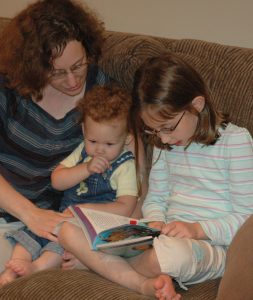 Day in the Life
Day in the Life
As you can see, homeschooling days are full of flexibility, growing independence, love, and learning! May you give much grace to yourself and your children as you work together to create your own ‘typical’ homeschool day! And, as you embark on this new journey and way of learning, may the homeschool lifestyle become a blessing to you and your family.
